

The Ultimate Guide to Morocco Camel Tours: Desert Adventures That Transform Your Soul
Discover the magic of Morocco camel tours through the Sahara Desert. From Merzouga to Zagora, find your perfect desert safari adventure with expert travel tips.
Picture this: golden sand dunes stretching endlessly toward the horizon, their rippling surfaces painted in hues of amber and copper as the sun begins its descent. The gentle sway of your camel’s gait creates a meditative rhythm while the desert wind whispers ancient secrets across the vast Sahara. This is the transformative magic of Morocco camel tours – an experience that connects modern travelers with centuries-old traditions while offering some of the world’s most spectacular desert landscapes.
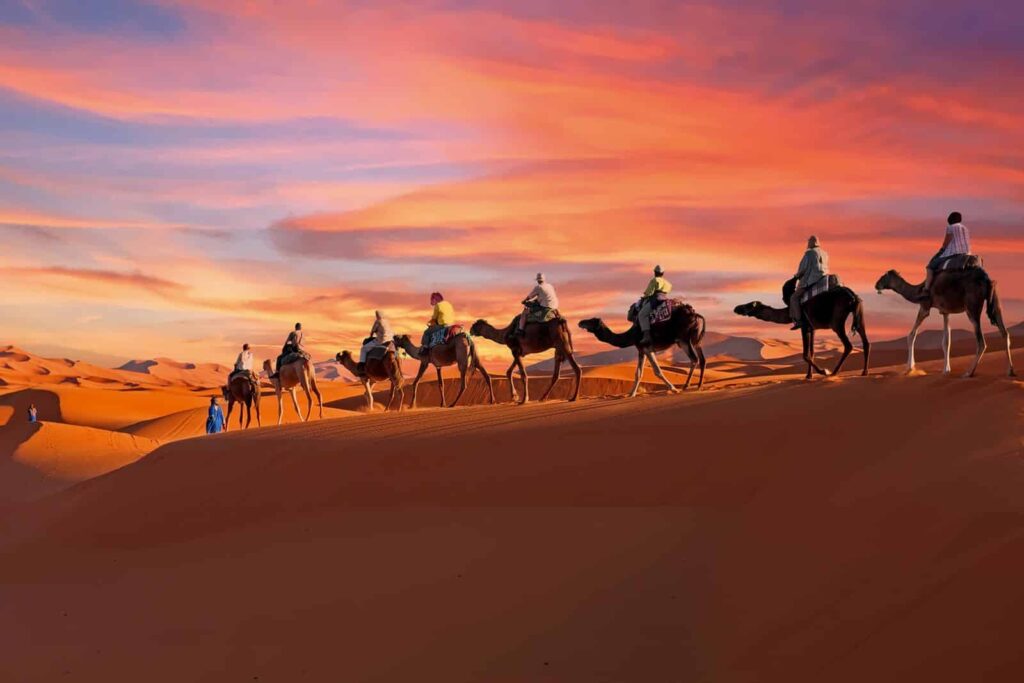
Morocco’s camel tours represent far more than a simple tourist activity; they’re a gateway to understanding the soul of North Africa. Whether you’re seeking adventure, cultural immersion, or simply the profound peace that comes from sleeping under a blanket of stars in the world’s largest hot desert, a Sahara camel trek offers an unforgettable journey that will reshape your perspective on travel and life itself.
The Ancient Legacy of Camel Caravans in Morocco
Long before modern transportation revolutionized trade and travel, camel caravans served as the lifelines connecting sub-Saharan Africa with the Mediterranean world. These remarkable desert ships carried precious cargo – gold, salt, ivory, and spices – across the treacherous Sahara, establishing trade routes that would shape the economic and cultural landscape of Morocco for centuries.
The Berber tribes, Morocco’s indigenous people, mastered the art of desert navigation and camel husbandry, developing an intimate relationship with these extraordinary animals that continues today. Their descendants now serve as expert guides for modern travelers, sharing ancestral knowledge about desert survival, astronomical navigation, and the subtle art of reading the ever-changing sand dunes.
This rich heritage transforms every camel tour into a living history lesson, where guests don’t merely observe the desert – they become part of its ongoing story. The traditional nomadic camps, authentic Berber music around campfires, and time-honored hospitality rituals create an authentic cultural exchange that mass tourism simply cannot replicate.
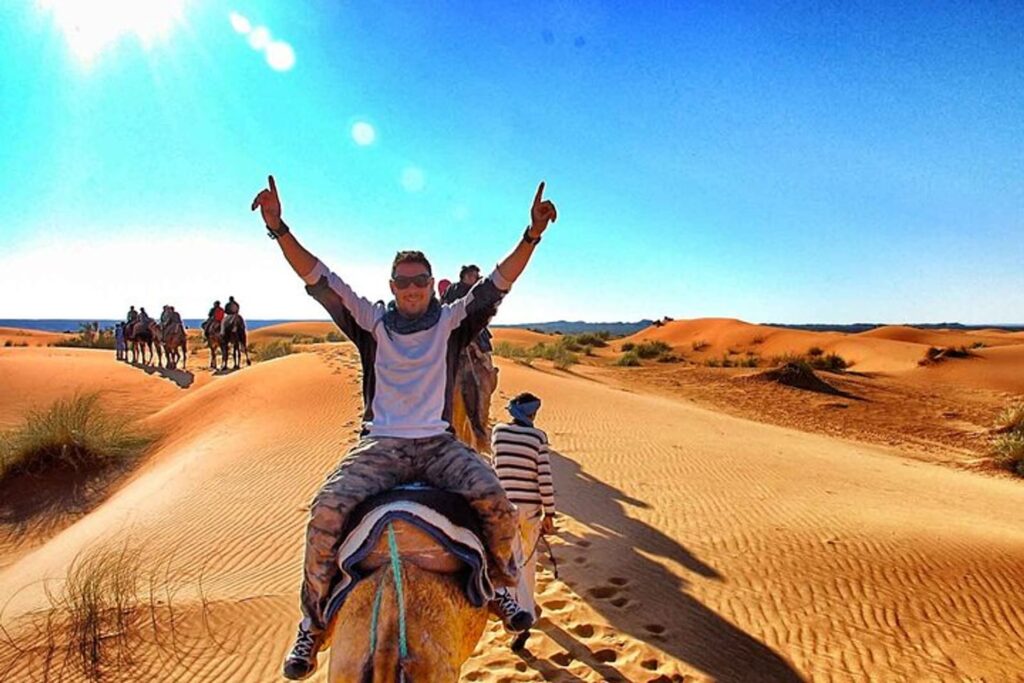
Top Destinations for Morocco Camel Tours
Merzouga and the Majestic Erg Chebbi Dunes
The crown jewel of desert safari Morocco experiences, Merzouga stands as the gateway to Erg Chebbi, Morocco’s most spectacular sand sea. These towering dunes, rising up to 150 meters high, create an otherworldly landscape that shifts and transforms with the light throughout the day. The famous camel ride in Merzouga takes travelers deep into this golden wilderness, where silence is broken only by the soft padding of camel hooves on sand and the distant call of desert birds.
Merzouga’s strategic location near the Algerian border places it at the heart of the true Sahara experience. The town itself offers excellent infrastructure for travelers, with luxury desert camps and experienced tour operators who understand the delicate balance between comfort and authentic adventure. The proximity to Erg Chebbi means that even short excursions can provide profound desert experiences, making it ideal for travelers with limited time who refuse to compromise on quality.
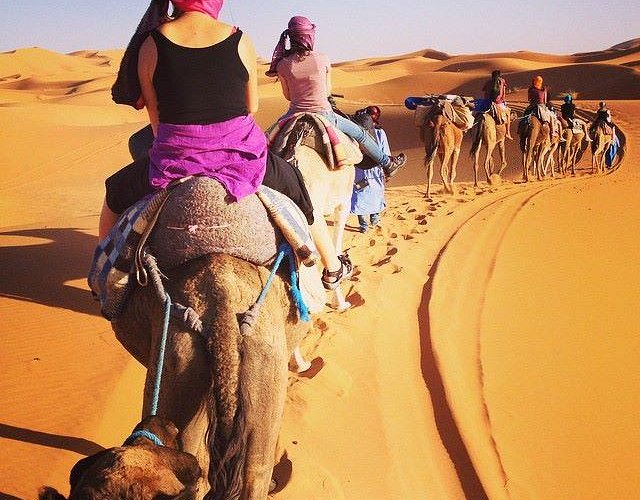
Zagora: The Gateway to the Sahara
Known as the “Gateway to the Sahara,” Zagora offers a different but equally compelling camel tour experience. Located closer to major cities like Marrakech, Zagora provides easier access for travelers seeking desert adventures without extensive travel time. The landscape here features smaller dunes interspersed with rocky outcrops and sparse vegetation, creating a more varied desert ecosystem.
Zagora’s camel tours often incorporate visits to ancient kasbahs, traditional villages, and the famous Draa Valley with its millions of date palms. This destination appeals particularly to travelers interested in combining desert experiences with cultural and historical exploration, offering a more comprehensive introduction to Morocco’s diverse landscapes and heritage.
Erg Chigaga: The Untamed Wilderness
For adventurous souls seeking the ultimate off-the-beaten-path experience, Erg Chigaga delivers unparalleled wilderness immersion. This remote dune field, accessible only by 4×4 vehicle or camel, offers the most pristine and undisturbed desert experience in Morocco. The dunes here stretch for over 40 kilometers, creating vast expanses of untouched sand where travelers can experience true solitude.
Erg Chigaga’s remoteness means that tour groups are smaller and the experience more exclusive. The night sky here, unpolluted by any artificial light, reveals the Milky Way in all its glory, making it a paradise for astronomy enthusiasts and romantic couples seeking an extraordinary escape from the modern world.
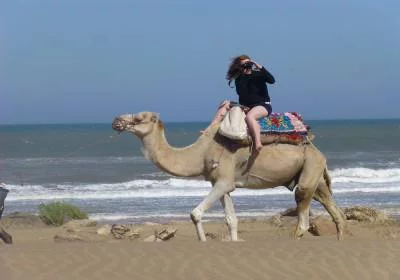
What to Expect on Your Morocco Camel Tour
Authentic Desert Camping Experiences
Modern desert camp Morocco experiences masterfully blend traditional Berber hospitality with contemporary comfort. Guests sleep in authentic nomad tents, constructed using traditional techniques but equipped with comfortable bedding and basic amenities. These camps are positioned strategically to maximize privacy while providing stunning panoramic views of the surrounding dunes.
The evening routine typically begins with sunset camel rides, followed by traditional Moroccan dinners prepared over open fires. The menu usually features tagines, couscous, fresh bread, and mint tea – all prepared using time-honored recipes that have sustained desert dwellers for generations. After dinner, guests gather around campfires for storytelling, traditional music performances, and stargazing sessions that reveal constellations invisible in light-polluted urban environments.
Expert Guides and Cultural Immersion
Professional camel guides, typically from local Berber families, provide far more than simple transportation. These cultural ambassadors share intimate knowledge about desert ecology, traditional navigation techniques, medicinal plants, and the rich oral traditions that have preserved Berber culture for millennia. Many guides speak multiple languages and possess university degrees, ensuring that cultural exchange flows both ways.
The guide-to-guest ratio is deliberately kept low to ensure personalized attention and authentic interactions. Guests learn to read weather patterns, identify animal tracks, and understand the subtle signs that indicate water sources or directional changes. This educational component transforms simple sightseeing into meaningful cultural immersion.
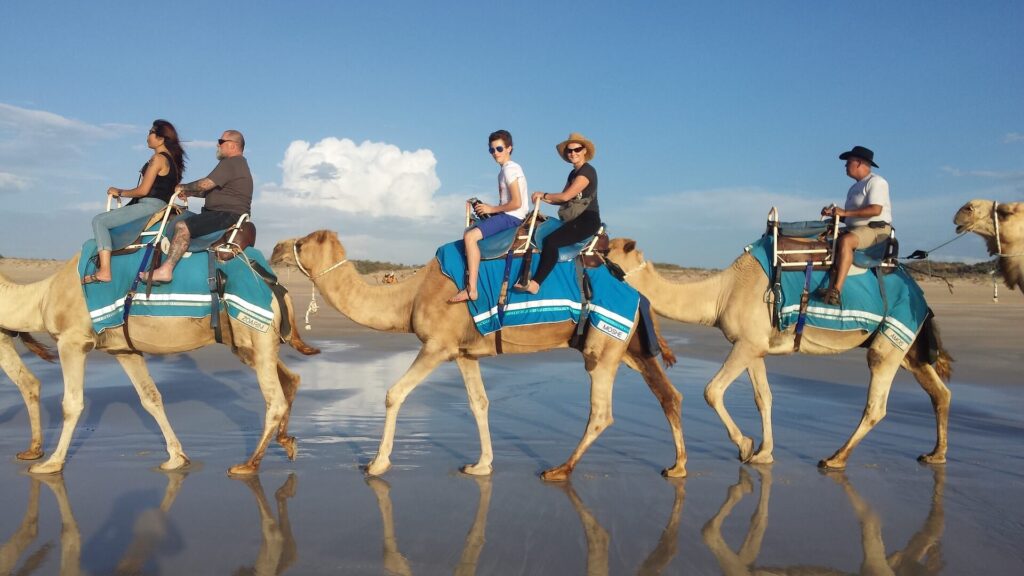
Sunrise and Sunset Spectacles
The desert’s daily transformation during sunrise and sunset provides the emotional and visual highlights of any camel tour. The interplay of light and shadow across the dunes creates an ever-changing canvas that photographers and artists dream about. Morning camel rides often begin before dawn, allowing guests to witness the desert’s awakening as the first light paints the sand in shades of pink, orange, and gold.
Evening rides timing depends on the season, but guides expertly position groups to capture the perfect vantage points for sunset photography. The temperature changes during these golden hours provide welcome relief from daytime heat, while the shifting light creates optimal conditions for both photography and quiet contemplation.

Choosing Between Short and Multi-Day Camel Tours
Short Camel Tours (1-2 Days): Perfect for Time-Conscious Travelers
Short camel tours cater to travelers with limited time who still want authentic desert experiences. These condensed adventures typically include overnight camping, sunset and sunrise camel rides, and essential cultural activities. Despite their brevity, well-designed short tours can provide profound emotional impact and lasting memories.
These tours work exceptionally well for families with young children, older travelers who may find extended camel riding challenging, or business travelers adding adventure to work trips. The reduced physical demands and proximity to modern amenities make them accessible to a broader range of travelers without compromising the essential desert experience.
Multi-Day Tours (3-7 Days): Deep Desert Immersion
Extended camel tours allow for genuine nomadic experiences, where travelers disconnect completely from modern life and develop authentic relationships with both their camel companions and Berber guides. These journeys venture deeper into the desert, visiting remote oases, ancient trading posts, and locations inaccessible to day-trippers.
Multi-day tours particularly appeal to adventure travelers, photographers seeking diverse shooting locations, and anyone interested in meditation, spiritual retreat, or personal transformation. The extended timeframe allows for natural adaptation to desert rhythms, deeper cultural exchange, and the profound peace that comes from complete disconnection from digital distractions.
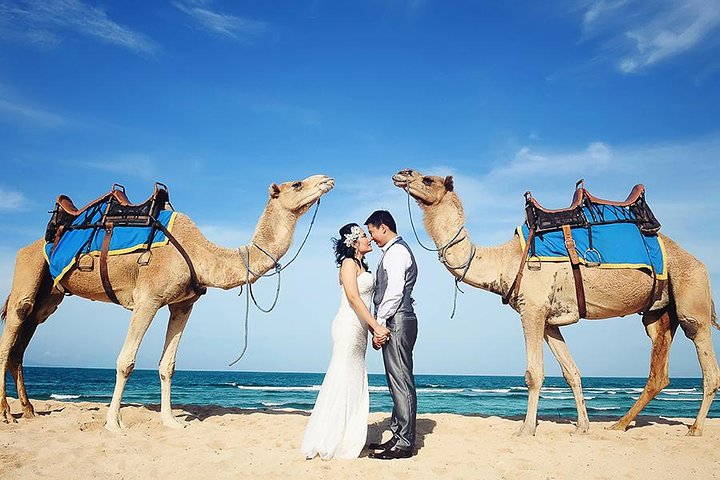
Optimal Timing for Morocco Camel Tours
Best Seasons for Desert Adventures
The ideal time for Morocco camel tours spans from October through April, when desert temperatures remain comfortable for extended outdoor activities. During these months, daytime temperatures range from 20-25°C (68-77°F), while nighttime temperatures can drop to 5-10°C (41-50°F), creating perfect conditions for both camel riding and comfortable sleep.
Spring (March-May) offers the added benefit of occasional desert blooms, when rare rainfall transforms the landscape with colorful wildflowers and vibrant green vegetation. This season provides unique photographic opportunities and demonstrates the desert’s remarkable resilience and beauty.
Avoiding Extreme Weather
Summer months (June-September) present significant challenges for camel tours, with daytime temperatures often exceeding 45°C (113°F). While some operators offer modified summer tours with adjusted schedules and additional safety measures, the extreme heat can make the experience uncomfortable and potentially dangerous for unprepared travelers.
Winter months (December-February) offer the coolest temperatures but require careful preparation for surprisingly cold nights. Desert temperatures can plummet near freezing, making proper sleeping gear and warm clothing essential for comfortable camping experiences.
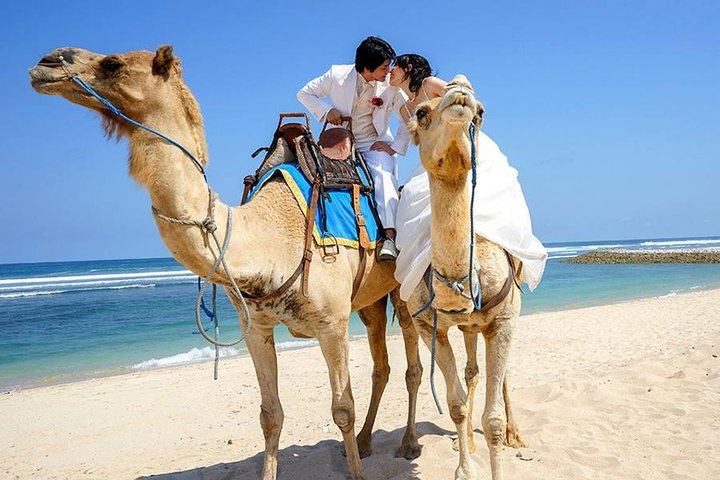
Essential Packing and Preparation Guide
Clothing and Protection
Desert environments demand specific clothing choices that balance sun protection, temperature regulation, and cultural sensitivity. Long-sleeved shirts and pants made from lightweight, breathable fabrics provide essential sun protection while allowing air circulation. Natural fibers like cotton and linen work best in desert conditions.
Head coverings serve multiple purposes: sun protection, sand protection, and cultural respect. Traditional Berber turbans or simple scarves can be wrapped in various configurations depending on weather conditions. Quality sunglasses and wide-brimmed hats provide additional protection for extended outdoor exposure.
Photography and Electronics
The desert’s extreme conditions require special considerations for electronic equipment. Sand can damage cameras and phones, so protective cases and covers are essential. Extra batteries become crucial as cold nighttime temperatures can drain power quickly, while daytime heat can cause overheating.
Many photographers invest in specialized desert photography equipment, including lens filters for managing harsh light conditions and tripods for stable nighttime shots. The absence of light pollution makes the desert ideal for astrophotography, but successful star photography requires specific equipment and techniques.
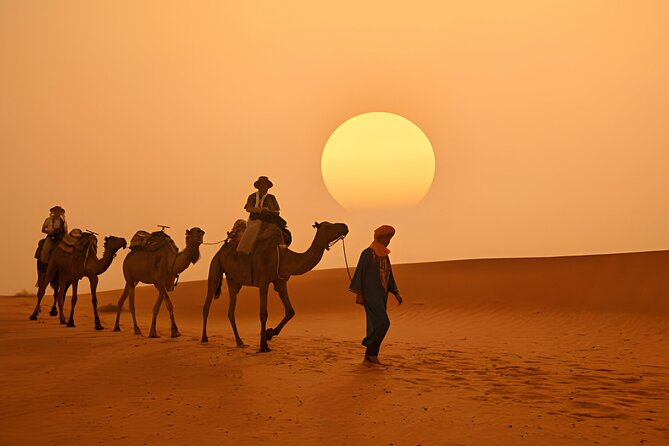
Safety and Health Preparations
Hydration becomes paramount in desert environments, where dehydration can occur rapidly and without obvious warning signs. Travelers should drink water regularly throughout the day, even when not feeling thirsty. Electrolyte supplements help maintain proper mineral balance during extended exposure to heat and sun.
Basic first aid knowledge proves valuable for minor injuries common during outdoor adventures. Sunscreen application requires special attention in desert conditions, where reflected light from sand can cause unexpected burns in shaded areas.
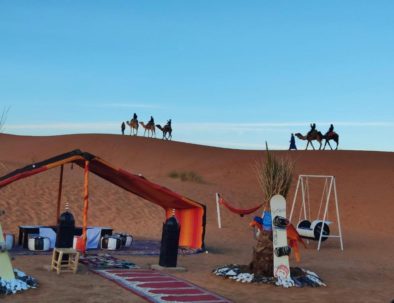
Booking Your Morocco Camel Tour
Selecting Reputable Tour Operators
Quality tour operators distinguish themselves through transparent pricing, detailed itineraries, and commitment to safety standards. Reputable companies provide comprehensive pre-tour briefings, quality equipment, and experienced guides with proper training and certifications. They also maintain insurance coverage and emergency communication systems for remote desert locations.
Reviews and testimonials from previous travelers provide valuable insights into operator reliability and tour quality. Look for operators who demonstrate cultural sensitivity, environmental responsibility, and commitment to fair treatment of both animals and local communities.
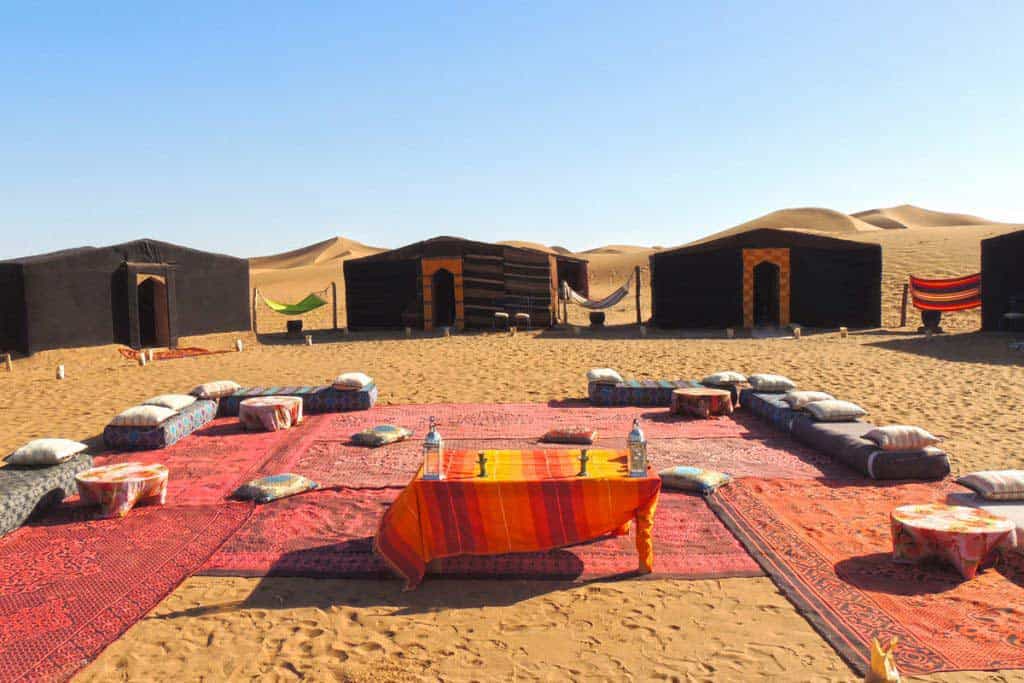
Ethical Considerations and Animal Welfare
Responsible camel tourism requires careful attention to animal welfare standards. Ethical operators limit group sizes to prevent overworking animals, provide adequate rest periods, and maintain proper veterinary care for their camel herds. Well-treated camels appear alert, healthy, and comfortable with human interaction.
Travelers should avoid operators who use underweight animals, ignore signs of animal distress, or push animals beyond reasonable limits. Supporting ethical operators helps ensure that camel tourism remains sustainable and humane for future generations.
Safety Considerations and Travel Tips
Desert Safety Protocols
Desert environments present unique safety challenges that require preparation and awareness. Travelers should inform family members about their itinerary, carry emergency communication devices when possible, and follow guide instructions carefully. Understanding basic desert survival principles provides confidence and peace of mind.
Group travel offers additional safety benefits, as multiple people can assist in emergencies. Established tour operators maintain emergency protocols and communication systems designed specifically for desert conditions.
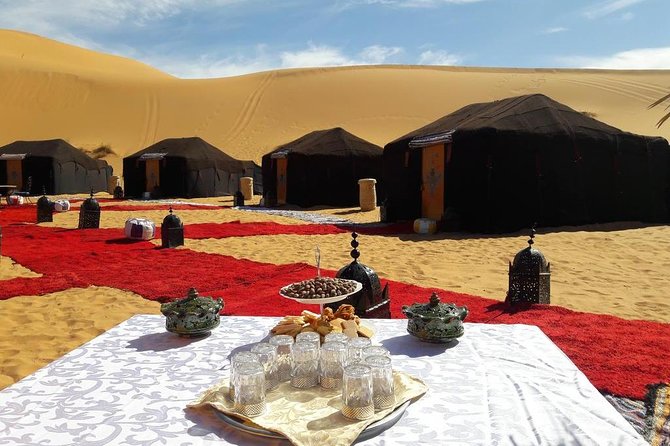
Cultural Sensitivity and Respect
Morocco’s desert regions remain home to traditional communities with specific cultural practices and beliefs. Travelers should approach local interactions with respect, curiosity, and cultural sensitivity. Learning basic Arabic or Berber greetings demonstrates respect and often leads to more meaningful exchanges.
Photography etiquette requires particular attention, as some local people prefer not to be photographed. Always ask permission before taking photos of people, and respect any declined requests. This consideration helps maintain positive relationships between tourists and local communities.
Transform Your Travel Dreams into Reality
The magic of Morocco camel tours extends far beyond simple sightseeing – it offers transformation, perspective, and memories that last a lifetime. From the towering dunes of Merzouga to the pristine wilderness of Erg Chigaga, Morocco’s desert landscapes provide the perfect backdrop for adventure, cultural immersion, and personal discovery.
At Skies of Morocco, we specialize in creating bespoke camel tour experiences that combine authentic cultural exchange with luxury comfort and safety. Our expert team designs personalized itineraries that match your interests, fitness level, and travel style, ensuring that your desert adventure becomes the highlight of your Moroccan journey.
Ready to embark on your own transformative desert adventure? Contact Skies of Morocco today to begin planning your unforgettable camel tour experience. Let us help you discover the magic of the Sahara and create memories that will inspire your wanderlust for years to come.
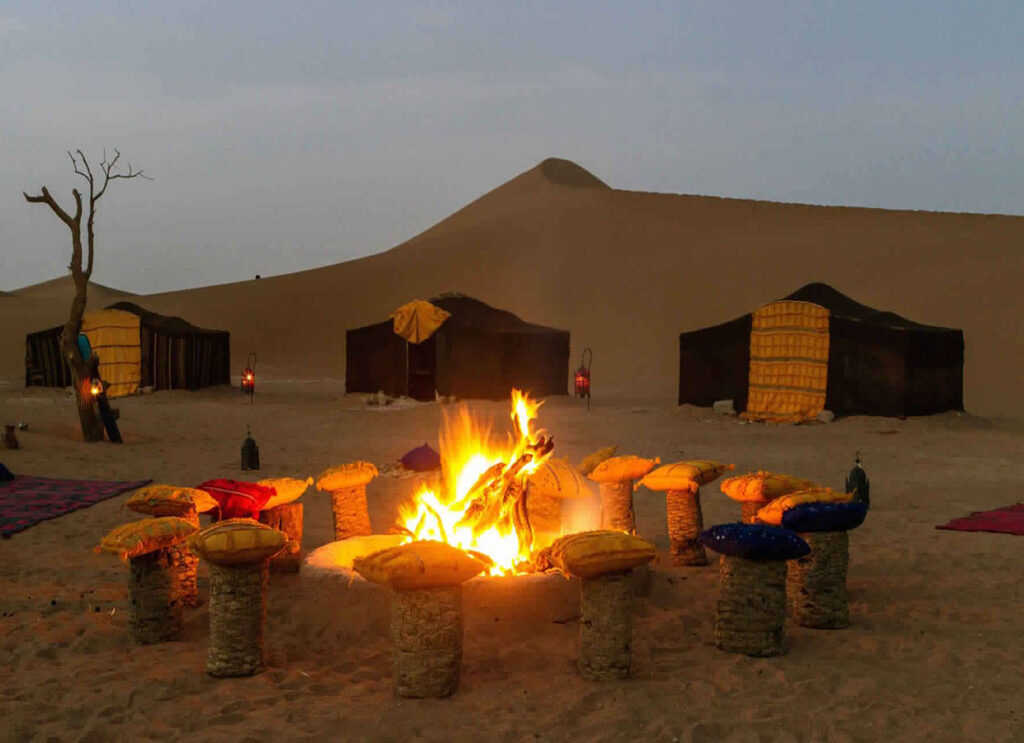
Frequently Asked Questions
Q: How physically demanding are Morocco camel tours? A: Most camel tours require moderate physical fitness for mounting and dismounting camels, plus walking on sand. The camel’s gentle swaying motion is comfortable for most people, though some experience minor stiffness initially. Tours can be adapted for different fitness levels and age groups.
Q: What’s the best duration for a first-time camel tour? A: First-time visitors often prefer 2-day, 1-night tours that provide authentic desert experiences without overwhelming physical demands. This duration allows for sunset and sunrise rides, overnight camping, and cultural activities while remaining manageable for most travelers.
Q: Are camel tours suitable for families with children? A: Yes, many camel tours welcome families with children over 6 years old. Shorter tours work best for younger travelers, and reputable operators provide child-sized equipment and adjusted itineraries. Some operators offer family-specific tours designed for multi-generational travel.
Q: What happens if weather conditions are poor? A: Professional tour operators monitor weather conditions closely and adjust itineraries for safety. During sandstorms or extreme weather, tours may be postponed or modified. Most operators offer flexible rescheduling policies and alternative activities during weather delays.
Q: How do I choose between different desert destinations? A: Merzouga offers the most dramatic dunes and easiest access, Zagora provides cultural variety with shorter travel times, and Erg Chigaga delivers the most remote wilderness experience. Your choice depends on the available time, the desired level of adventure, and yourspecific interests in landscape or cultural activities.




